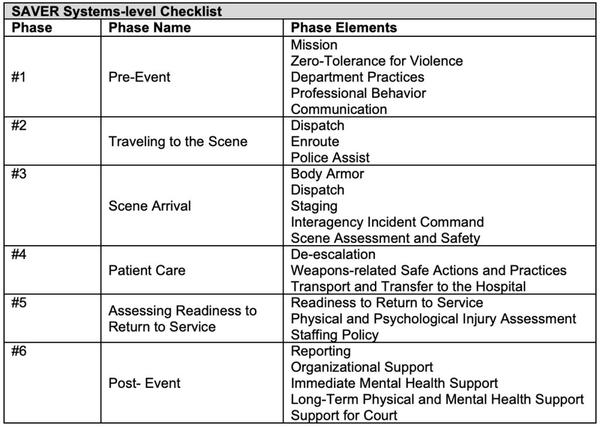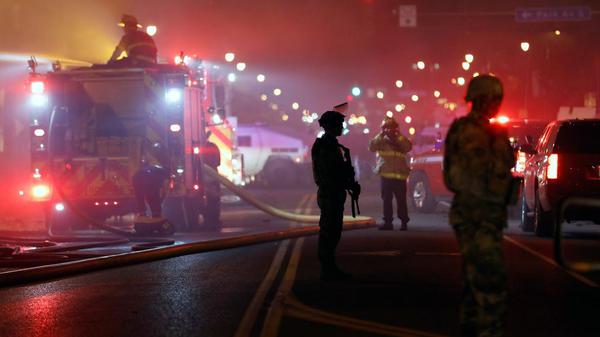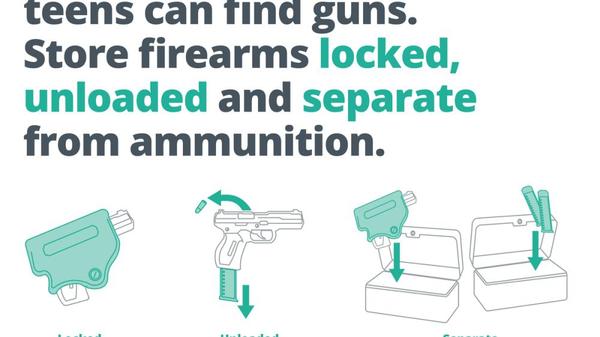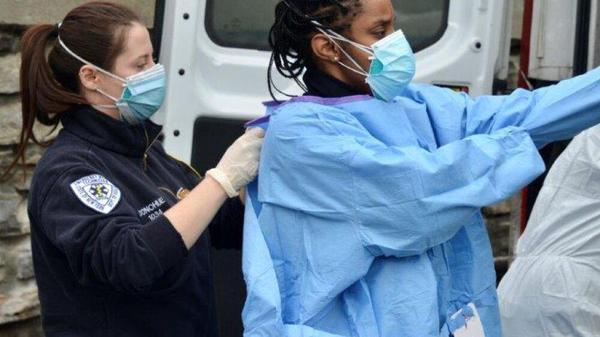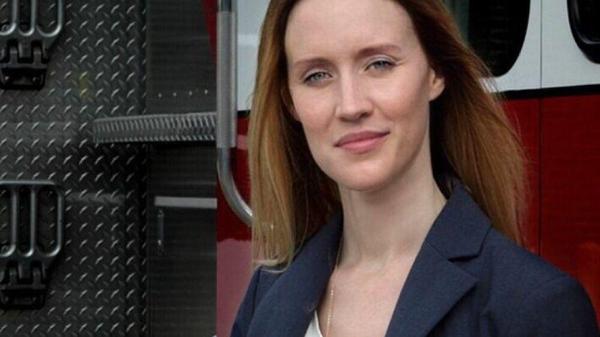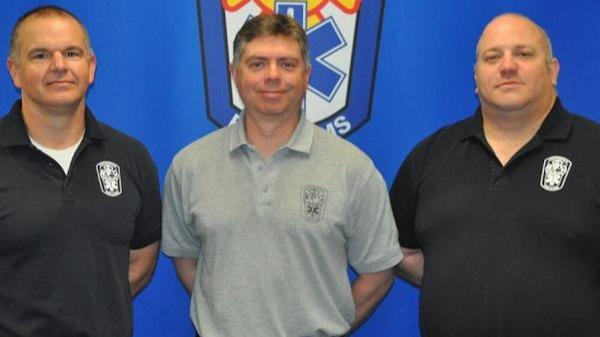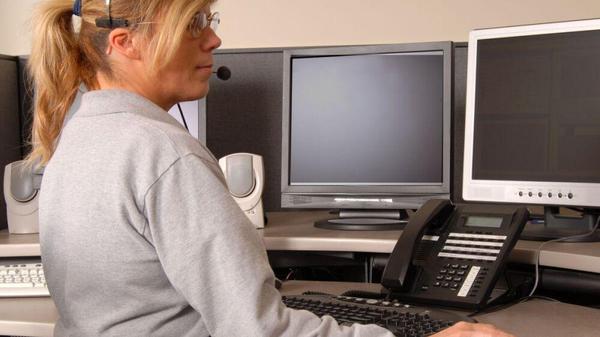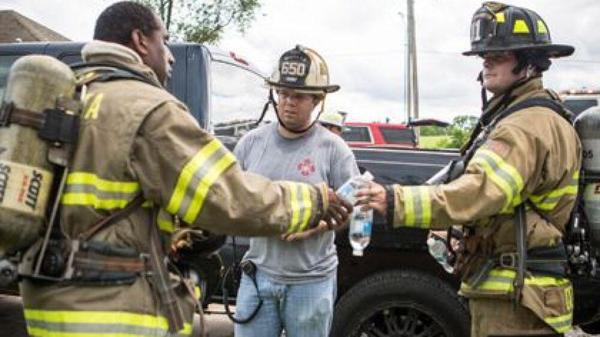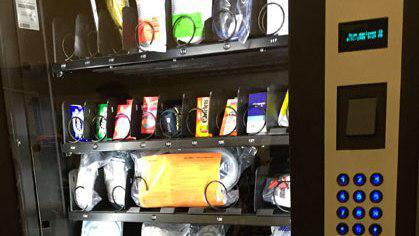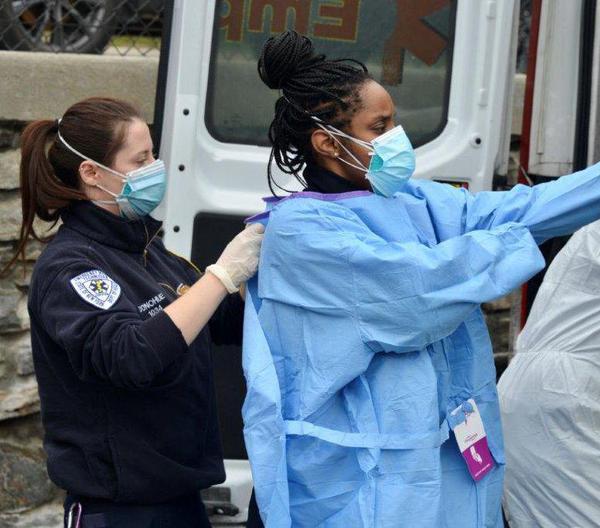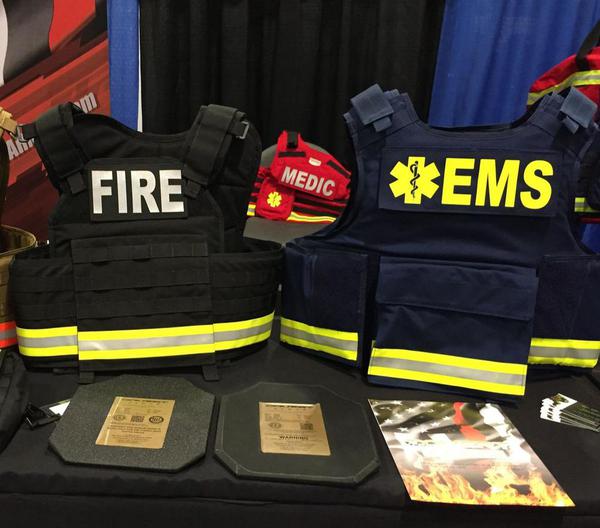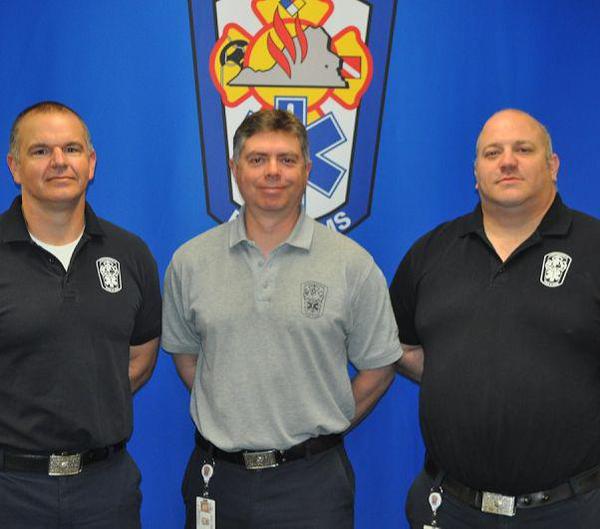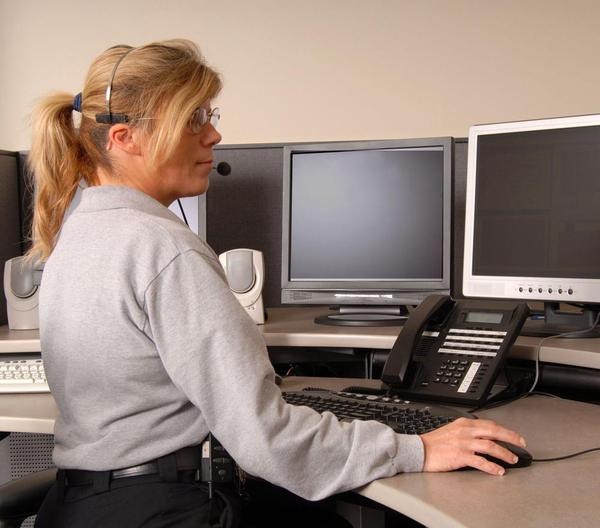Making for a safer workplace for fire and EMS providers
“Workplace violence can be physical or verbal or both. Regardless of the type, your body has the same physiological response.” — Dr. Jennifer Taylor, presentation at EFOP Graduate Leadership Symposium
Violence is a major issue facing firefighters and EMS personnel. In fact, according to a U.S. Fire Administration report, in partnership with the Center for Firefighter Injury Research and Safety Trends (FIRST Center), “violence against EMS responders has been recognized as an occupational hazard
